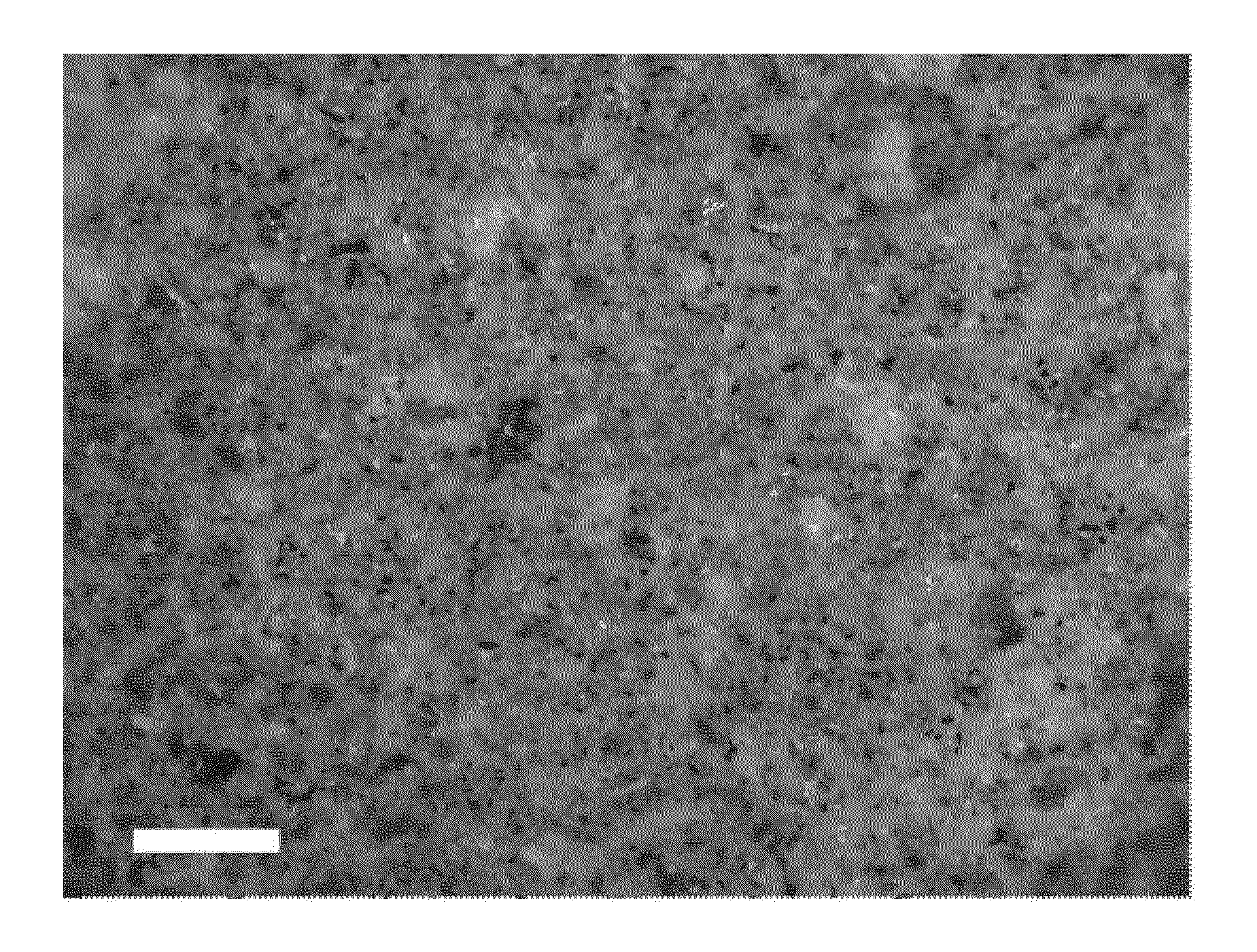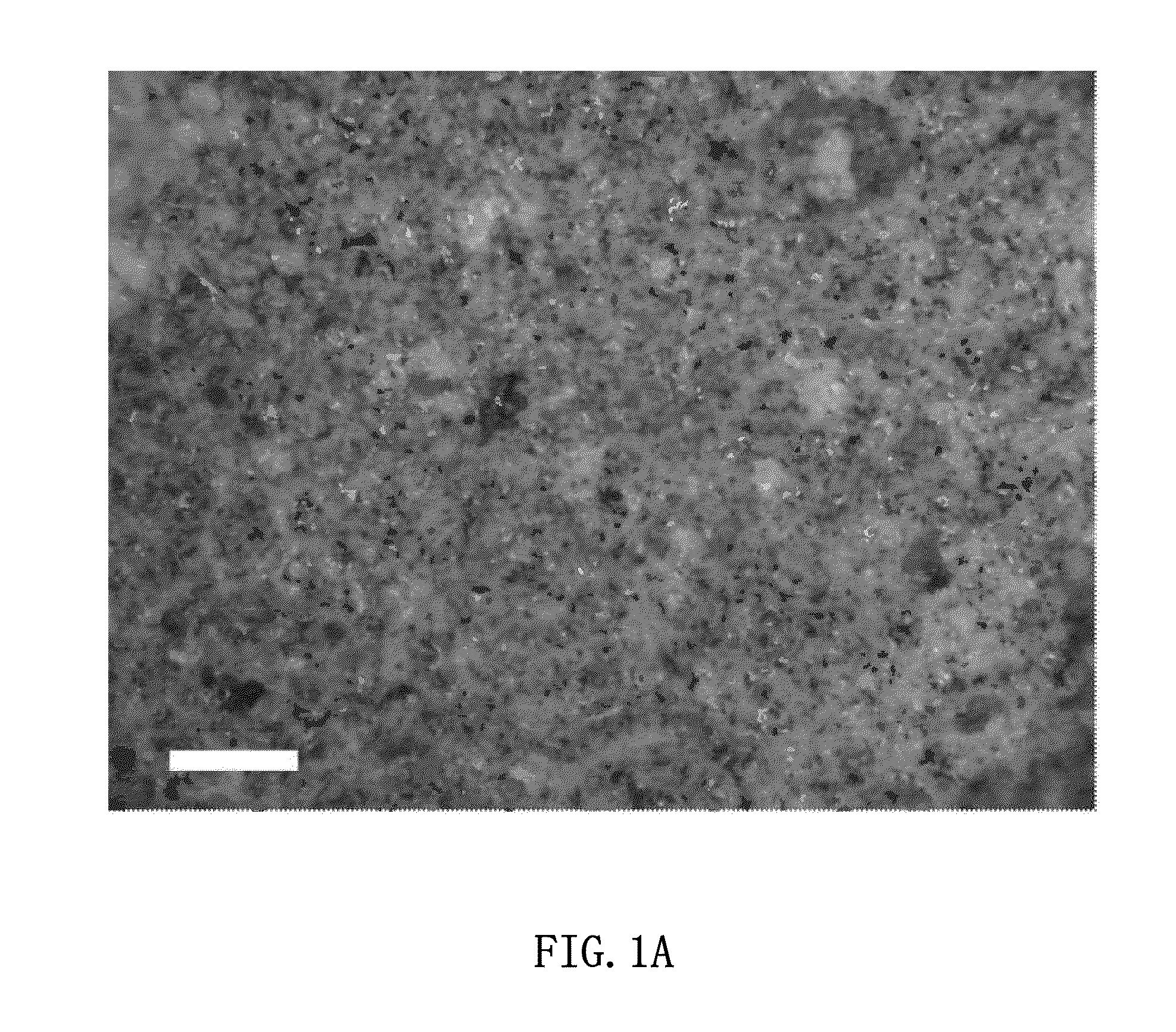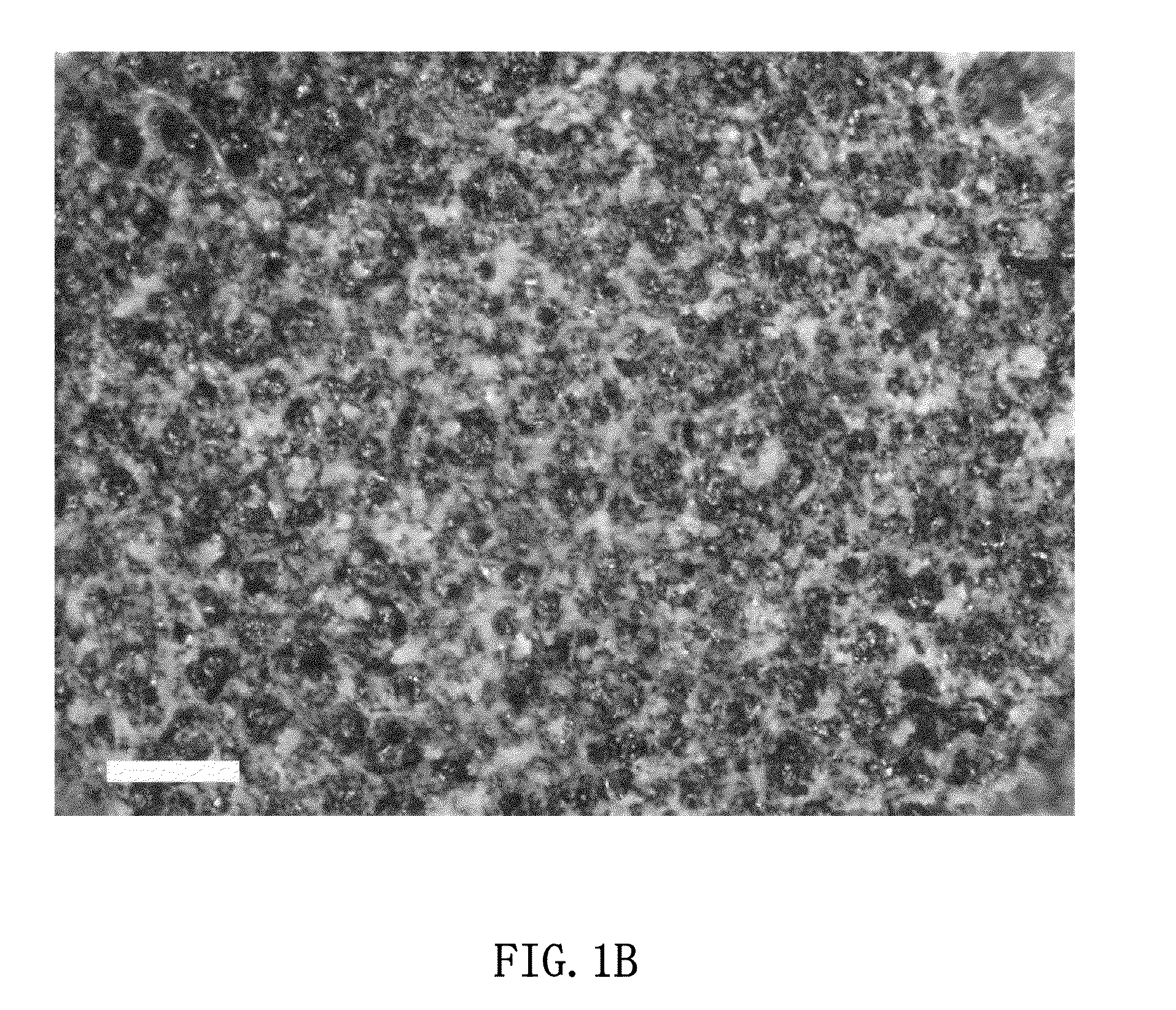Repair and treatment of bone defect using agent produced by chondrocytes capable of hypertrophication and scaffold
- Summary
- Abstract
- Description
- Claims
- Application Information
AI Technical Summary
Benefits of technology
Problems solved by technology
Method used
Image
Examples
example 1
Preparation and Detection of Cellular Function Regulating Agent Produced by Culturing Chondrocytes Capable of Hypertrophication Derived from Costa / Costal Cartilage in MEM Differentiation Agent Producing Medium
[0506](Preparation of Chondrocytes Capable of Hypertrophication from Costa / Costal Cartilages)
[0507]Four week-old male rats (Wistar) and 8 week-old male rats (Wistar) were, respectively, divided into groups, and examined in this Example. These rats were sacrificed using chloroform. The rats' chests were shaved using a razor and their whole bodies were immersed into a Hibitane solution (10-fold dilution) to be disinfected. The rats' chests were incised and costa / costal cartilages were collected aseptically.
[0508]Translucent growth cartilage regions were collected from boundary regions of the costa / costal cartilages. The growth cartilage regions were sectioned and stirred in a 0.25% trypsin-EDTA / dulbecco's phosphate buffered saline (D-PBS) at 37° C. for 1 hour. Next, the sections ...
example 2
Preparation and Detection of Cellular Function Regulating Agent Produced by Culturing Chondrocytes Capable of Hypertrophication Derived from Sternal Cartilage in MEM Differentiation Agent Producing Medium
[0618](Preparation of Chondrocytes Capable of Hypertrophication from Sternal Cartilages)
[0619]Eight week-old male rats (Wistar) are sacrificed using chloroform. The rats' chests are shaved using a razor and their whole bodies are immersed into a Hibitane solution (10-fold dilution) to be disinfected. The rats' chests are incised and inferior portions of sternal cartilages and processus xiphoideus are collected aseptically. Translucent growth cartilage regions are collected from the inferior portions of sternal cartilages and the processus xiphoideus.
[0620]The growth cartilage regions are sectioned and stirred in a 0.25% trypsin-EDTA / dulbecco's phosphate buffered saline (D-PBS) at 37° C. for 1 hour. Next, the sections are rinsed by centrifugation (at 170×g for 3 minutes), and then st...
example 3
Preparation and Detection of Cellular Function Regulating Agent Produced by Culturing Chondrocytes Capable of Hypertrophication Derived from Costa / Costal Cartilage in HAM Differentiation Agent Producing Medium
[0637](Detection of Agent Produced by Chondrocytes Capable of Hypertrophication Collected from Costa / Costal Cartilage)
[0638]Chondrocytes capable of hypertrophication were collected from costa / costal cartilages in the same manner as Example 1. A HAM differentiation agent producing medium (containing a HAM medium, 10% FBS (fetal bovine serum), 10 nM dexamethasone, 10 mM β-glycerophosphate, 50 μg / mL ascorbic acid, 100 U / mL penicillin, 0.1 mg / mL streptomycin and 0.25 μg / mL amphotericin B) was added to the chondrocytes capable of hypertrophication so that they were diluted so as to become a density of 4×104 cells / cm2. The chondrocytes capable of hypertrophication were cultured, and then a supernatant of the medium (culture supernatant) was collected on a time course (4 days, 7 days,...
PUM
| Property | Measurement | Unit |
|---|---|---|
| Size | aaaaa | aaaaa |
| Molecular weight | aaaaa | aaaaa |
| Biocompatibility | aaaaa | aaaaa |
Abstract
Description
Claims
Application Information
 Login to View More
Login to View More - R&D
- Intellectual Property
- Life Sciences
- Materials
- Tech Scout
- Unparalleled Data Quality
- Higher Quality Content
- 60% Fewer Hallucinations
Browse by: Latest US Patents, China's latest patents, Technical Efficacy Thesaurus, Application Domain, Technology Topic, Popular Technical Reports.
© 2025 PatSnap. All rights reserved.Legal|Privacy policy|Modern Slavery Act Transparency Statement|Sitemap|About US| Contact US: help@patsnap.com



